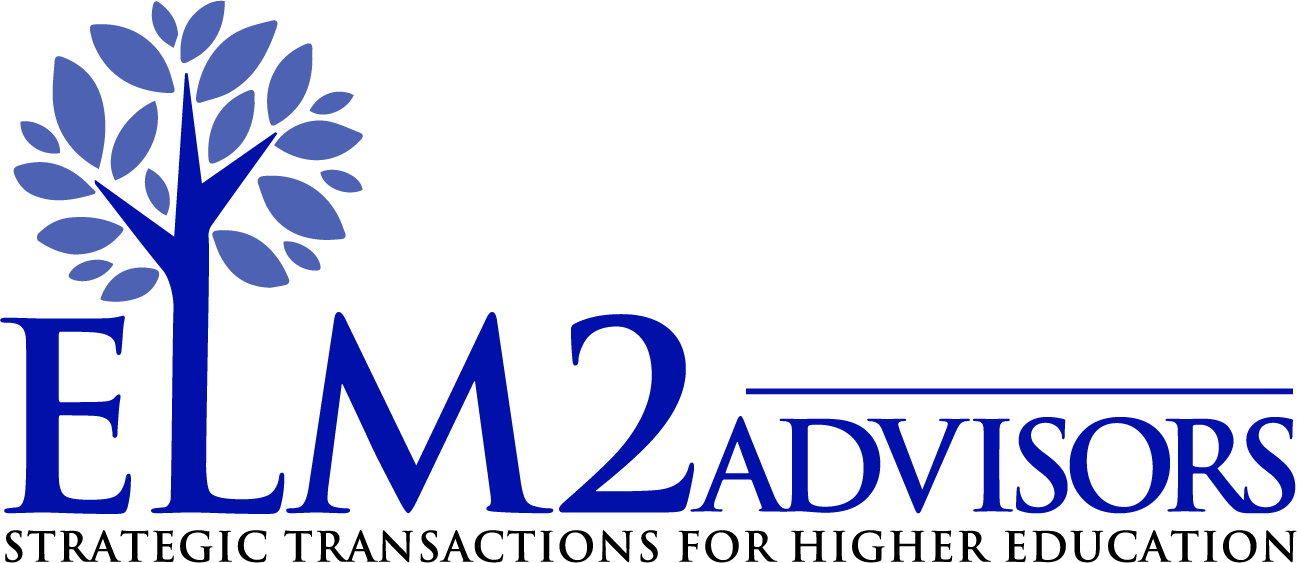This past month, another New England college announced it was closing at the end of the academic year. The announcement came as a great surprise to most people. The only external indication that the college was in trouble was an announcement about fall enrollment made a few weeks before the closing announcement. It apparently came as a surprise to most faculty, staff, and students who had been assured all along that the college was in good shape. All publicly available evidence suggests this closure was not a decision resulting from thoughtful strategic planning. It emerged suddenly, seemingly out of thin air.
Sudden college closures seem to be happening more frequently than we would expect. Why is this the case, and does it have to be so? There is ample reason to believe the sudden closure and fire sale dismantling of the college in New England could have come to a better conclusion. The college had multiple quite desirable academic programs—highly ranked in areas of significant demand—a reasonable-sized student population, and attractive campus properties. Could the college have taken advantage of these assets and reached a more satisfactory conclusion? My answer is yes, most likely it could have. So why didn’t it, and why do other institutions come to similar endings?
I believe the answer comes in two parts: an unwillingness to recognize we are headed for trouble until it is upon us, and an unreasonable clinging to the objective of institutional independence. The first part comes from the natural tendency of leaders to be positive and optimistic—“Our current problem is not so bad; it’s just a temporary setback; we can work it out.” This is a tendency we need to guard against. We need to be clear-eyed about the situation, not blinded by optimism. The second part is more dangerous. Leaders of educational institutions too often see their objective as preserving the institution, while a more appropriate objective would be preserving the institution’s mission. Our aim should not be to assure that ABC College continues to exist, but rather to assure that the student population it serves continues to be served.
If we accept the objective as preservation of mission, the range of actions and arrangements that make sense becomes much broader. Rather than focusing on keeping our institution open and independent, though possibly just limping along, we can look at alternative arrangements that will enhance the achievement of our mission. Those arrangements might include institutional partnerships, joint ventures, and combinations (mergers).
What do the leaders of colleges and universities need to do to assure they have the best chance of preserving the institution’s mission? First, they need to remain objective and take action early, before the institution begins an irreversible downward slide. Second, they need to carefully assess the institution’s real strengths—what is its value proposition? All colleges and universities are collections of programs and activities. Not all those programs and activities are of equal quality or value. I have never known an institution that is nearly as good at getting rid of old programs as it is at adding new ones. The institution must assess all its activities and ask which ones are strong and reflect the institution’s mission, and which ones are not. It then must ask, can the institution build sufficiently on its strengths to be an independent, viable institution for the long run? If the answer is not yes, it is time to look at alternative arrangements.
The alternative arrangements include partnerships with other institutions as well as merger with or acquisition by another institution. The appropriate arrangement depends on the health and strength of the institutions involved, and there is no simple answer to what is appropriate. It must be evaluated on a case-by-case basis. We can identify, however, some of the reasons a financially troubled institution might be of interest to a healthier institution.
An institution with a small—or declining—student population may be of interest to a stronger institution which could be strengthened by the addition of students to its student body. Institutions might also find that sharing resources, administrative or academic, could strengthen each institution. The Lower Cost Models for Independent Colleges Consortium is an example of this. An institution in financial difficulty may still have certain programs that would complement the offerings of a stronger institution, filling gaps in its program portfolio. Recent examples that fit this description include Wheelock College’s acquisition by Boston University and New England College’s acquisition of the New Hampshire Institute of Art. A weaker institution might also prove attractive by offering physical facilities (the UC-Berkeley – Mills College arrangement seems to fit this description) or access to new markets (for example, UMass Amherst’s takeover of the Mt. Ida College campus). A financially troubled institution might also have significant experience with particular pedagogy—e.g., distance learning, teaching students with learning disabilities—that would be attractive to a stronger partner.
In sum, at this time when many higher education institutions are facing significant challenges to their continued viability, it is important to recognize that continued operation as an independent institution is not the only path forward. When we recognize that preserving the institution’s mission is more important than preserving its independence, many more options are available. In the next few years, we should expect to see many more partnerships, consortia, and mergers in higher education.
